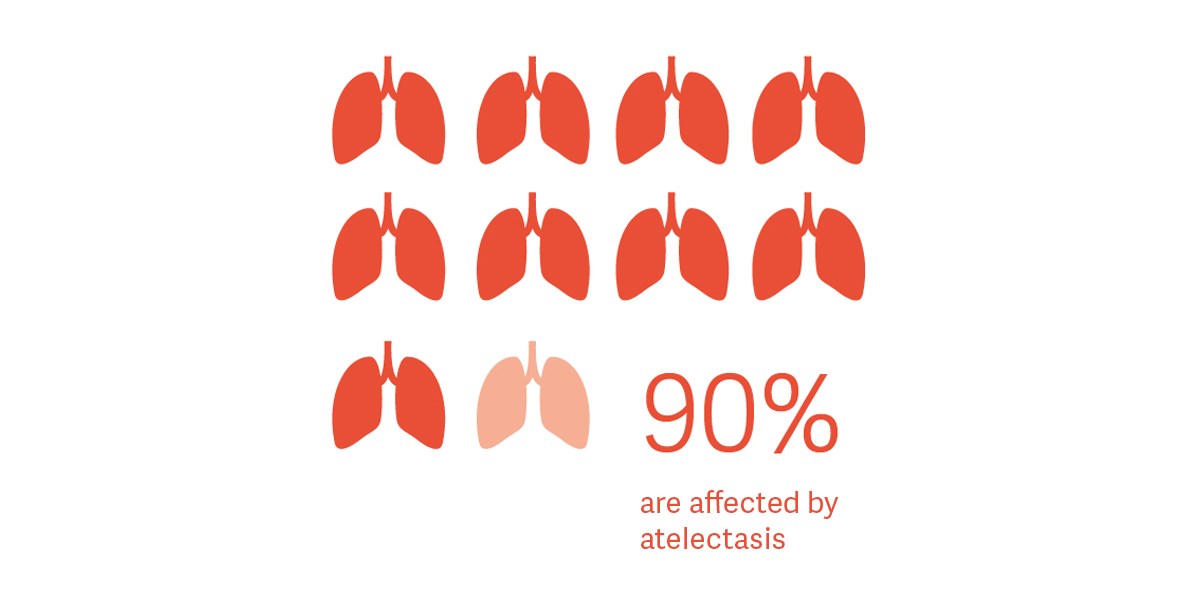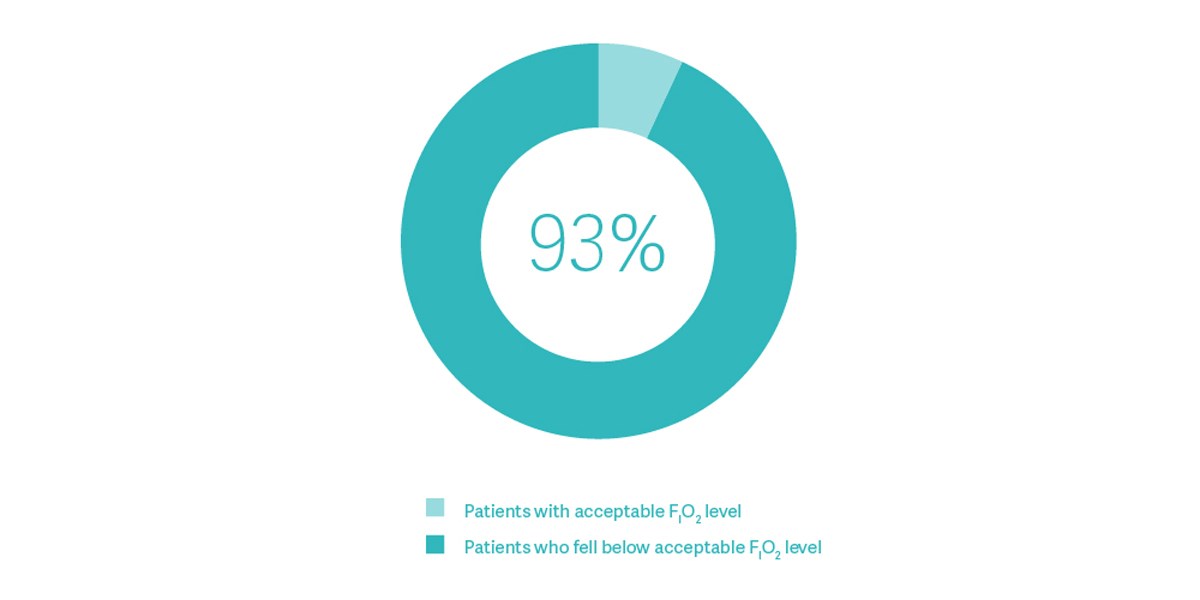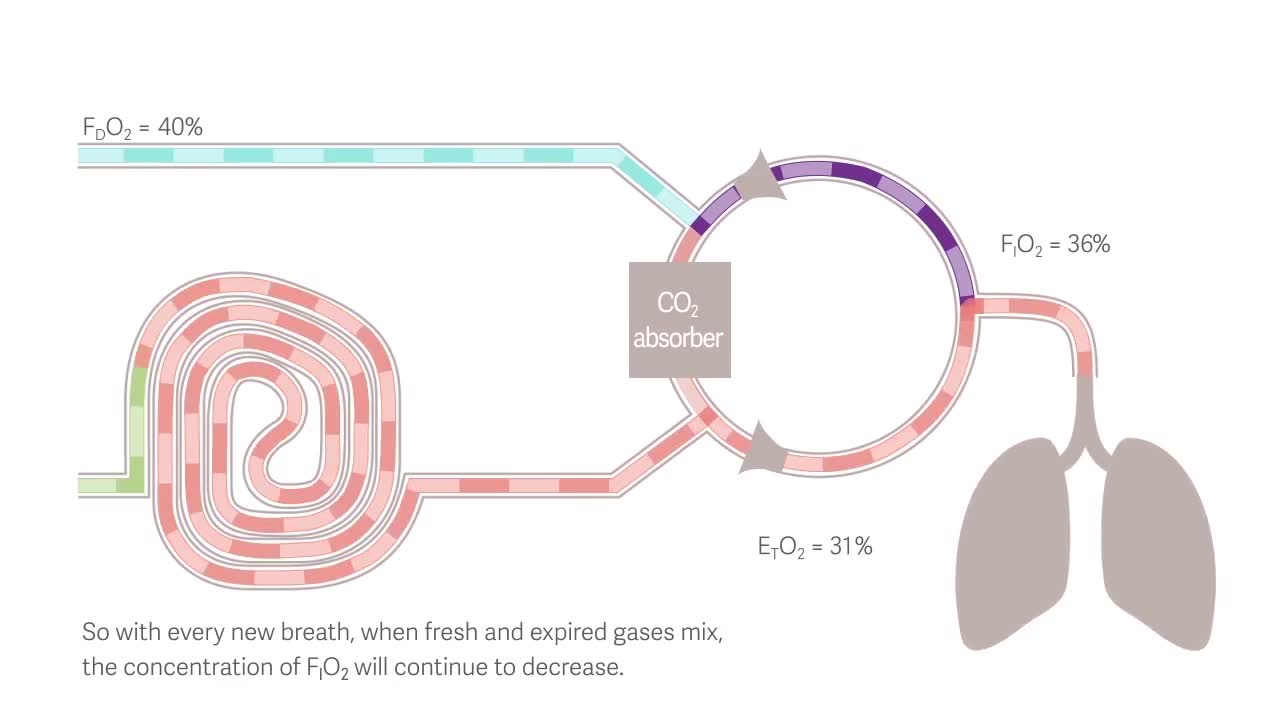Avoiding atelectasis to reduce postoperative complications
Keeping patients’ lungs healthy
Restoring and preserving your patients’ health are the main goals of healthcare. This includes trying to avoid potential postoperative complications related to anesthesia, such as atelectasis.
Atelectasis affects over 90% [1] of patients undergoing surgery, regardless of gender, age, health condition or length of surgery, showing the importance of protecting patients’ lungs.

Why are lung recruitment maneuvers important?
Lung recruitment can greatly mitigate atelectasis, helping to prevent postoperative complications, such as hypoxemia, pneumonia, local inflammatory response and ventilator induced lung injury.[2]
“Nowadays, data tell us that we should recruit all the patients,” says Dr. Carlos Ferrando. He continues, “you should make the stepwise increase in PEEP recruitment maneuver. It's safer.”[3]
Lung recruitment maneuvers during anesthesia make a difference – for you and for your patients
Some clinicians say they find lung recruitment complicated and time consuming – but it doesn´t have to be.
Why do hypoxic gas mixtures develop?
Watch our animation
Studies show that common hypoxic guard systems may fail to maintain the inspired O2 concentration (FIO2) during low-flow anesthesia. [4] These traditional guard systems have been designed to trigger on hypoxic mixtures in the delivered fresh gas flow, not in the inspired gas.
If the anesthesiologist does not take action, or if your anesthesia machine does not actively override the settings, there is a great risk that the FIO2 level becomes lower than the delivered O2 concentration, jeopardizing patient safety.[5] The video illustrates what happens.
Preventing hypoxic mixtures
Did you know that conventional anesthesia machines do not always prevent hypoxic gas mixtures?
Traditional hypoxic guards use algorithms to prevent FIO2 from becoming dangerously low (<21%) in the fresh gas flow.
One study found that approximately 93% of all patients fell below an acceptable FIO2 level on conventional anesthesia machines, even with hypoxic guards. [4]

How to avoid hypoxic mixtures during low-flow anesthesia

An active hypoxic guard system intervenes if the clinician has not taken action before the O2 level in the inspired gas drops below 21%. The active hypoxic guard will then override the clinician’s settings, preventing further delivery of hypoxic mixtures.

